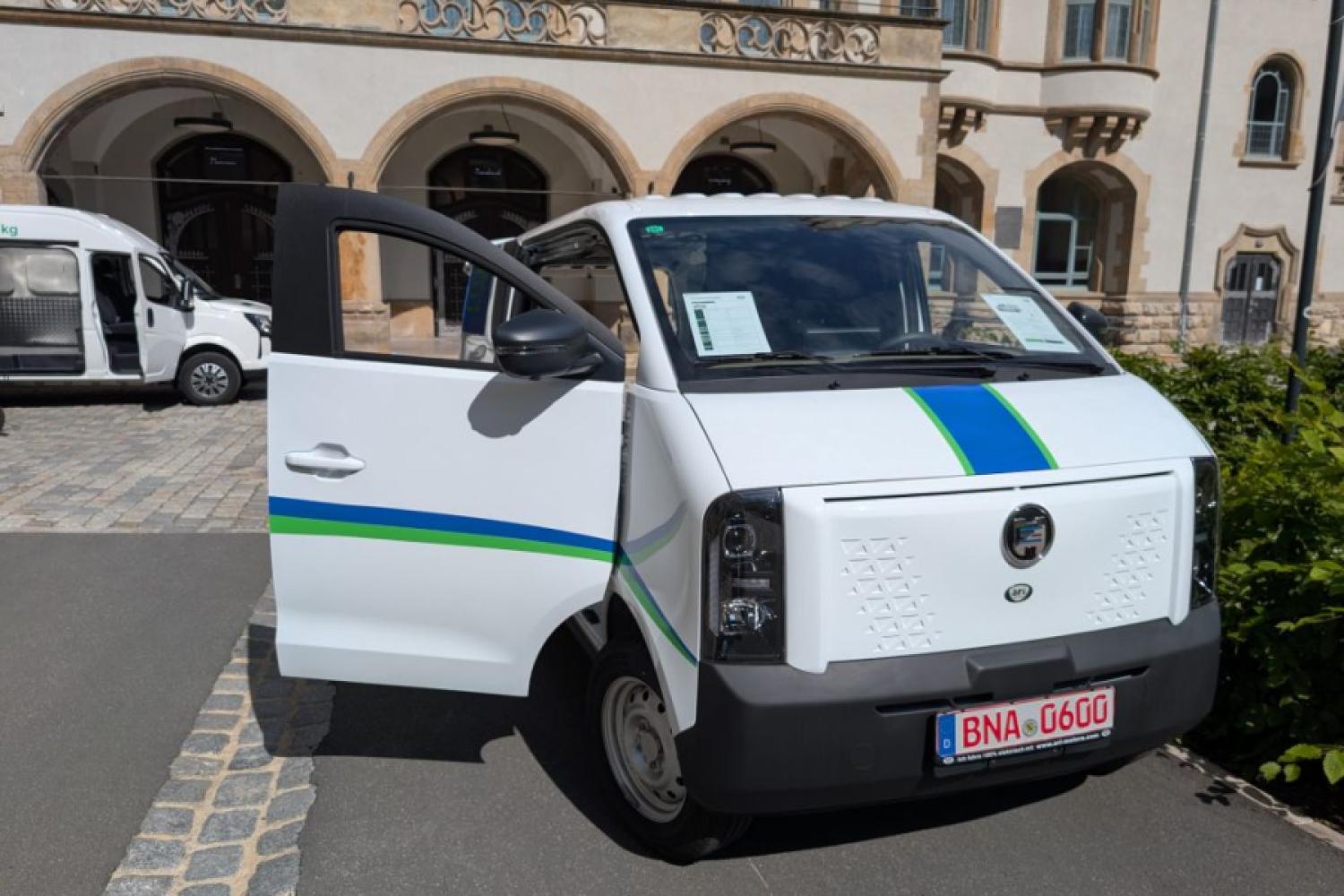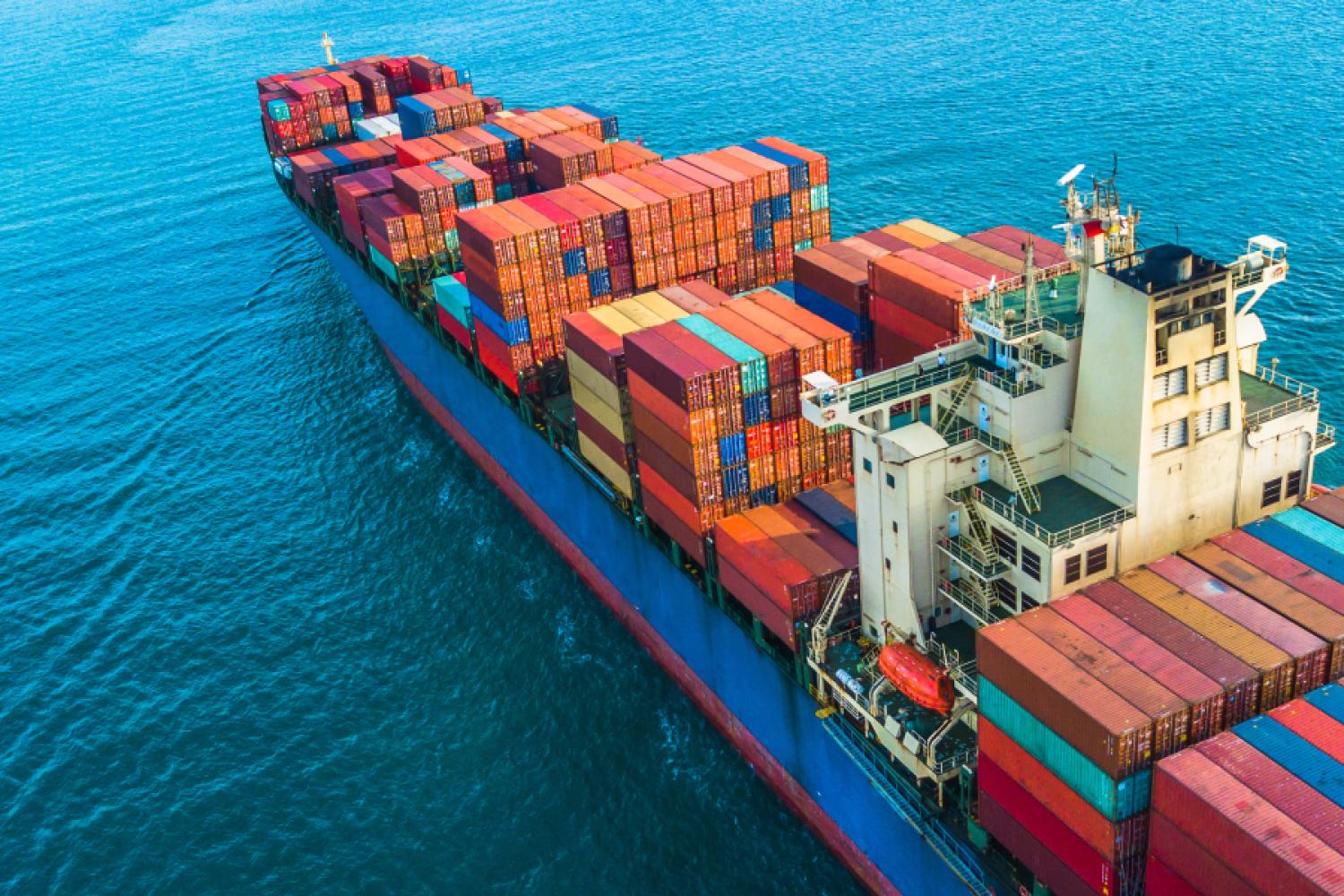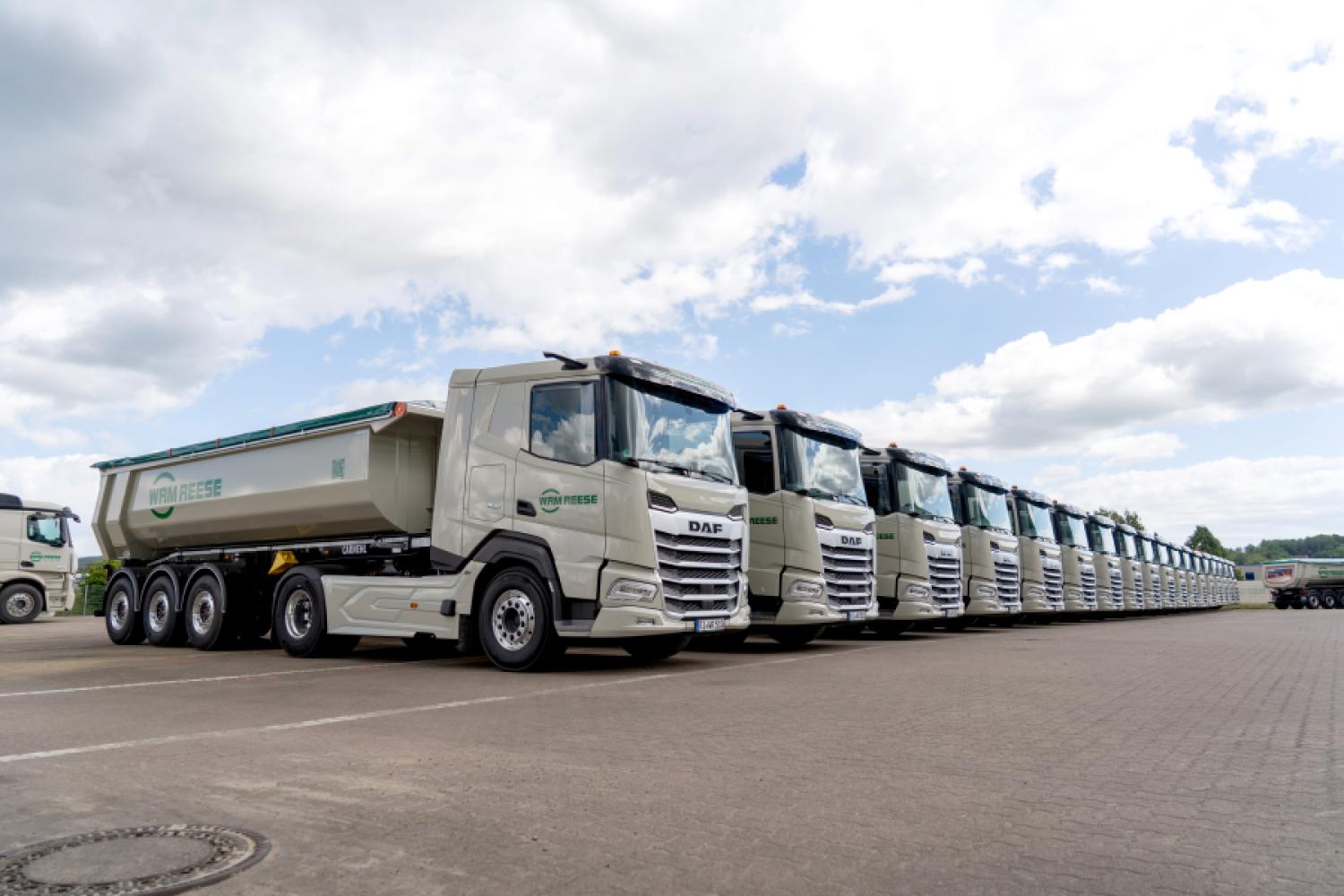According to the German Federal Environmental Foundation (DBU), increasingly dilapidated bridges and the resulting road closures are increasing traffic pressure in Germany. Moreover, according to the DBU, necessary bridge demolitions, removals, and reconstructions consume enormous resources and cause additional greenhouse gases and high costs.
If a report of minor damage were submitted to the responsible road administration at the first occurrence, local inspections and environmentally friendly repairs could be carried out promptly, according to the foundation.
This is now to be investigated by a DBU-funded project by the Karlsruhe Institute of Technology (KIT) using vibration measurements. The question: How can automated real-time monitoring be implemented?
Bridge Rehabilitation
The DBU refers to figures from the Ministry of Transport. According to them, there are almost 40,000 bridges in the federal highway network, 86 percent of which are made of steel and prestressed concrete. However, many bridges from the 1960s and 1970s were originally designed for significantly lower traffic loads.
Furthermore, heavy goods traffic has increased enormously according to the Federal Highway Research Institute, leading to premature material aging. Consequently, according to the bridge modernization program,
4,000 of the 40,000 bridges in the core network of heavily loaded highways need urgent rehabilitation.
For example, due to significant damage, the Rahmedetal bridge near Lüdenscheid and the Ringbahn bridge in Berlin had to be closed. Resource-intensive replacements are unavoidable there.
"We need methods in bridge construction to mitigate an already imminent wave of overhauls," explains DBU Secretary General Alexander Bonde.
Early Repairs
The concrete needed for this drives up the emission of the climate-damaging greenhouse gas carbon dioxide (CO2) and resource consumption – global cement production accounts for about six to eight percent of worldwide CO2 emissions.
"If damages are repaired earlier, it relieves traffic, environment, and health," says Bonde.
Bridge Inspections
For this, permanent and automated damage detection is a prerequisite. The DIN 1076 prescribes regular bridge inspections in Germany: every six years, a personnel and time-intensive main inspection must be carried out on bridges, with a simple inspection taking place three years later.
"Experienced engineers inspect the structures, many of which can be accessed from the inside, and note any anomalies and damages," says Prof. Dr.-Ing. Alexander Stark from
the Institute of Concrete Structures and Building Materials Technology (IMB) at KIT.
According to the project leader, concrete components are tapped to detect cavities, for instance. However, not all damages can be detected in this way. For example, asphalt in the area of central supports covers damage to the bridge superstructure, making visual inspection challenging.
In case of suspicion, special inspections are carried out in addition to the visual routine checks for bridges: Pressure sensors, drone cameras, ultrasonic measurements, or computer simulations and models are used.
"These controls usually only capture a part of the bridge as a snapshot or require long calculation times, making checks following this method only really meaningful for a few structures of outstanding importance," says Stark.
Measuring Vibrations
Therefore, practical automated real-time monitoring methods for bridges that can effectively report the location and size of damage are urgently needed. Such a permanent monitoring method is now being researched as a KIT project using vibration measurements.
"Every structure has a characteristic vibration behavior influenced by mass and stiffness. Significant cracks in the concrete change the stiffness and thus the
vibrational behavior," says Stark.
With the help of so-called acceleration sensors, the characteristic vibrational behavior could be recorded. "Through this measurement-based evaluation of the entire bridge, crack formations should be localized and quantified for the first time – even before they are visible and a regular bridge inspection is due," explains Stark.
No speed restrictions or bridge closures are required for this. Furthermore, early repair measures can be implemented quickly, precisely, and cost-effectively.
"In addition to ensuring a reliable and safe infrastructure, this also saves greenhouse gases and resources," emphasizes DBU Specialist Franz-Peter Heidenreich.
According to a comprehensive circular economy, existing materials such as steel and prestressed concrete, as well as bridge components, should be used, reused, and repaired as long as possible, according to the DBU.
Project Goal
The project starting now is intended to establish initial foundations – in a second step, the introduction of a company consortium is planned to create the prerequisites for road construction administrations to equip bridges with sensors.
Further advantages expected include shorter planning times and fewer bureaucratic hurdles through more precise and efficient repair work.






